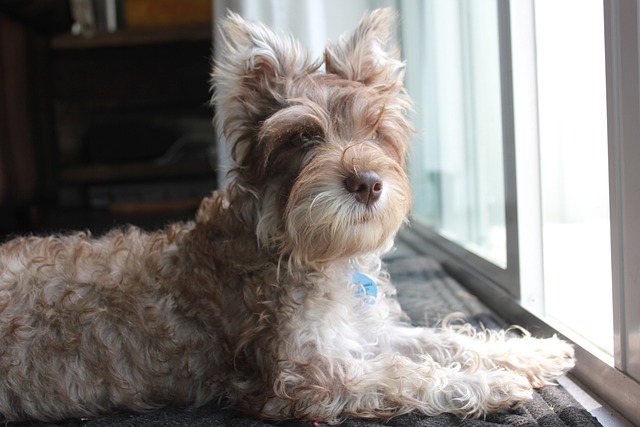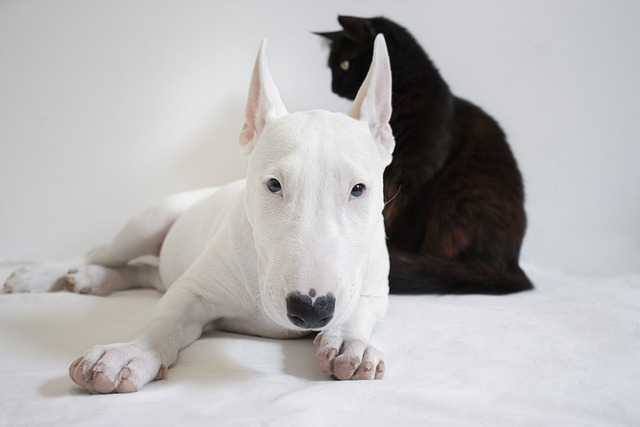
How to train your puppy to like grooming?
Grooming your puppy should be a bonding experience, not a wrestling match. But those tiny paws batting at the brush and squirms during nail trims can make it seem impossible.
You’re sipping coffee in your Chicago apartment, watching rain streak the windows while your 7-year-old rescue mutt, Cooper, naps soundly after a leisurely walk. Suddenly, an Instagram reel pops up: a senior Border Collie flawlessly navigating weave poles. A pang hits – "Did I miss our chance?" Take a deep breath. Whether Cooper is three or thirteen, agility training older dogs isn’t just possible – it can revitalize his golden years when done thoughtfully. Age isn’t a stop sign; it’s a roadmap for adapting.
Biologically, mature dogs possess advantages puppies lack. Their fully developed joints have stable growth plates (unlike youngsters under 18 months), and their attention spans often exceed excitable adolescents. While aging may slow reflexes or stiffen hips – especially in breeds like German Shepherds – neuroscience confirms dogs maintain lifelong neuroplasticity. Cooper’s brain can forge new pathways through low-impact dog exercises. The key? Prioritizing safety over speed. Start with ground poles and tunnels to build confidence without jumping strain. Use high-value rewards like diced turkey to trigger dopamine release, reinforcing learning without physical stress. Always consult your vet first: arthritis medication or supplements might be needed before ladder exercises.

Transform limitations into opportunities. In your Seattle high-rise, lay yoga mats in a hallway to practice "paw targeting" – teaching Cooper to touch a lid with his front feet. This builds body awareness crucial for later equipment. Keep sessions under 5 minutes to match his stamina, using a release cue like "All done!" to end positively. For low-energy days, hide treats under cups for mental stimulation – nose work counts as agility prep! Apartment dwellers: schedule sessions during daytime to avoid noise complaints from shuffling equipment. Remember to always carry waste bags during outdoor training; even if Cooper’s practicing in a park corner, immediate cleanup is legally required in cities like Boston ($50 fines apply).
Ethical training aligns with modern ownership standards. Just as keeping Cooper’s rabies vaccine current is non-negotiable for group classes (state laws vary – California requires triennial boosters), bonding with senior dogs through patience reflects cultural values. Never force fearful dogs onto equipment. If Cooper hesitates at the A-frame, break it down: reward for one paw on the slope. Shouting or leash corrections violates animal welfare norms; instead, reset with a sniffing break. At community spaces, use designated agility zones only – letting Cooper weave through picnic tables breaches park etiquette.
The real win? Watching Cooper’s tail whip into helicopter mode when he masters the tunnel. Celebrate small victories: a smooth turn around a cone deserves a party. Adapt equipment – lower jump bars, add grippy turf mats, or use ramps instead of climbs. Agility now isn’t about competition; it’s about co-authoring joyful chapters in Cooper’s life story, one safe, tail-wagging step at a time.

Grooming your puppy should be a bonding experience, not a wrestling match. But those tiny paws batting at the brush and squirms during nail trims can make it seem impossible.

Bringing a new puppy home is a whirlwind of joy, but those unexpected puddles on the rug can quickly turn excitement into frustration.

Discover why calming sounds, not harsh noises, are the key to reducing dog barking—backed by science and real stories of stress-free pups.

Watching your dogs snarl and snap at each other isn’t just stressful—it can quickly turn dangerous. Aggression between dogs under the same roof can stem from territory disputes, resource guarding, or even underlying anxiety.

That heart-jolting moment: the doorbell rings, and your dog transforms into a fur-covered alarm system. Whether you’re in a Brooklyn walk-up or a suburban split-level

You’re in the middle of an important video call, and your dog won’t stop barking. Or maybe it’s late at night, and your neighbor’s dog’s incessant barking is keeping you up.